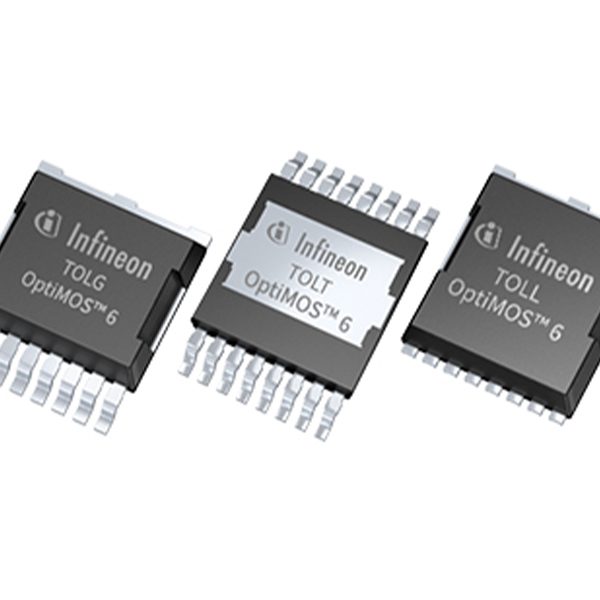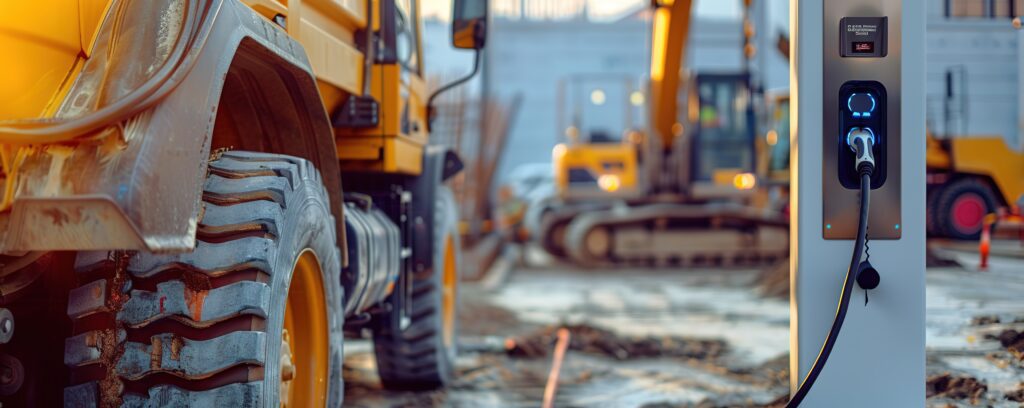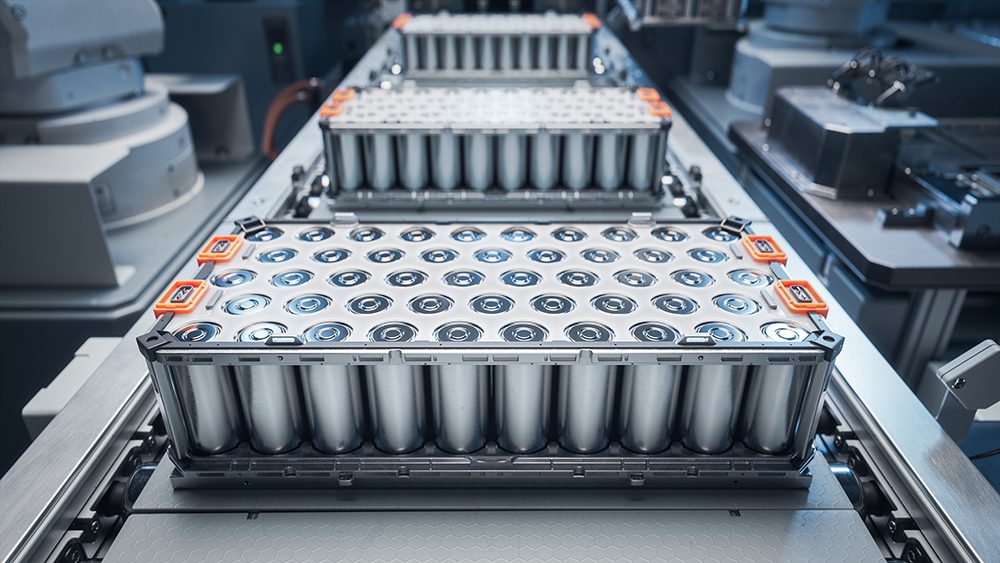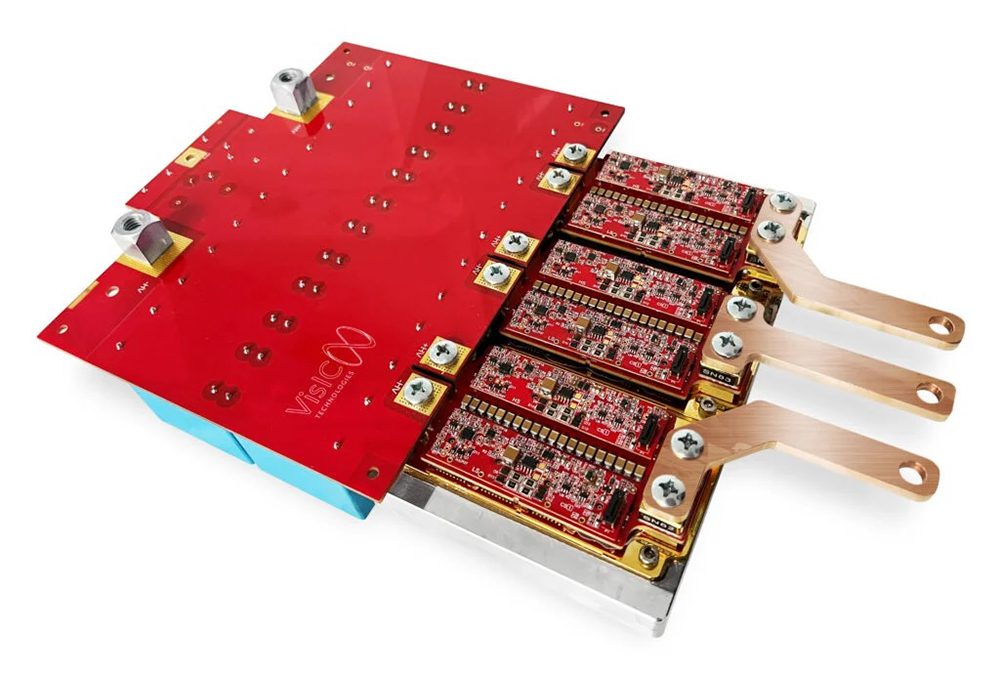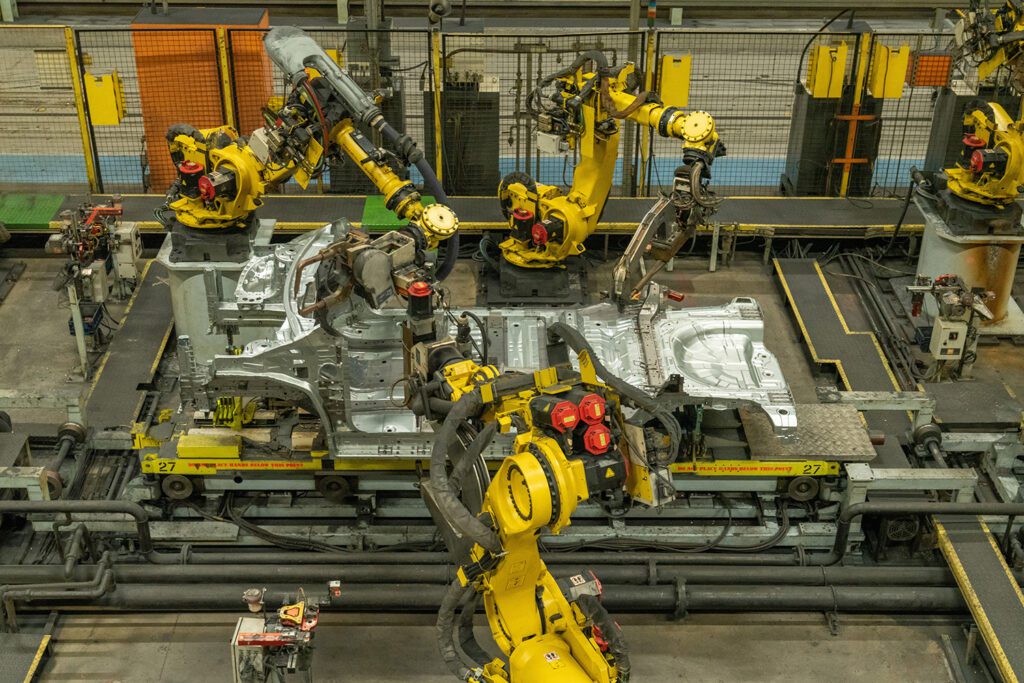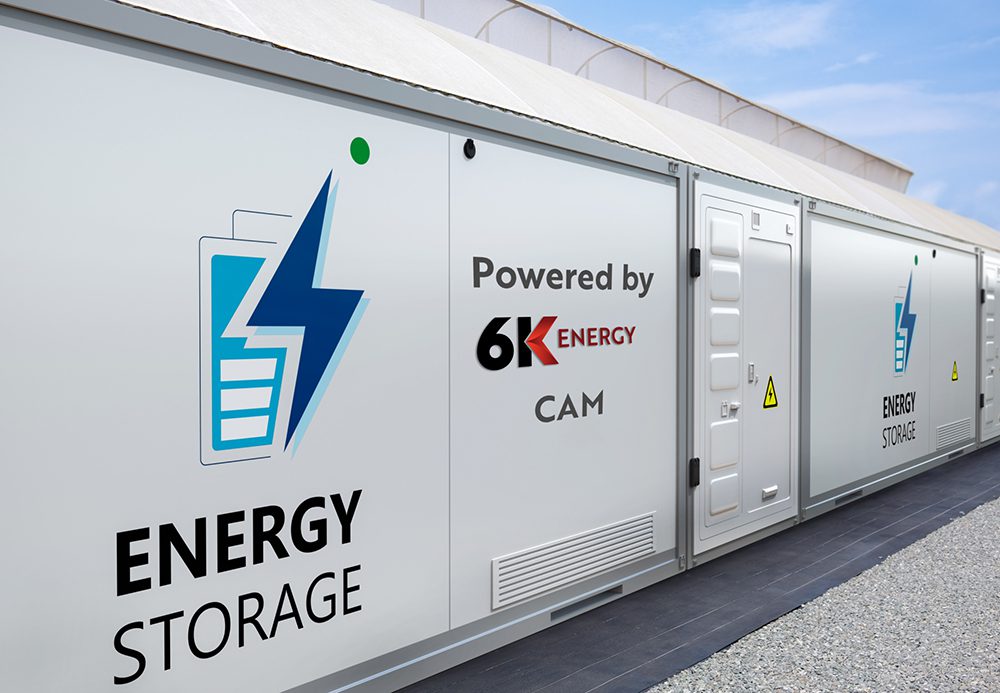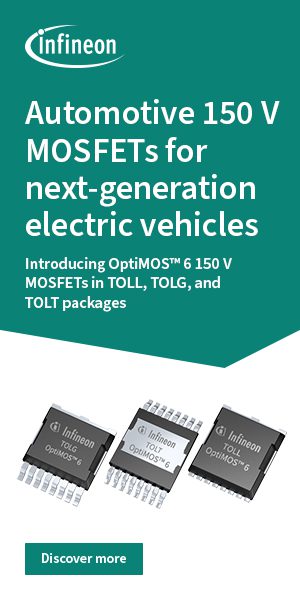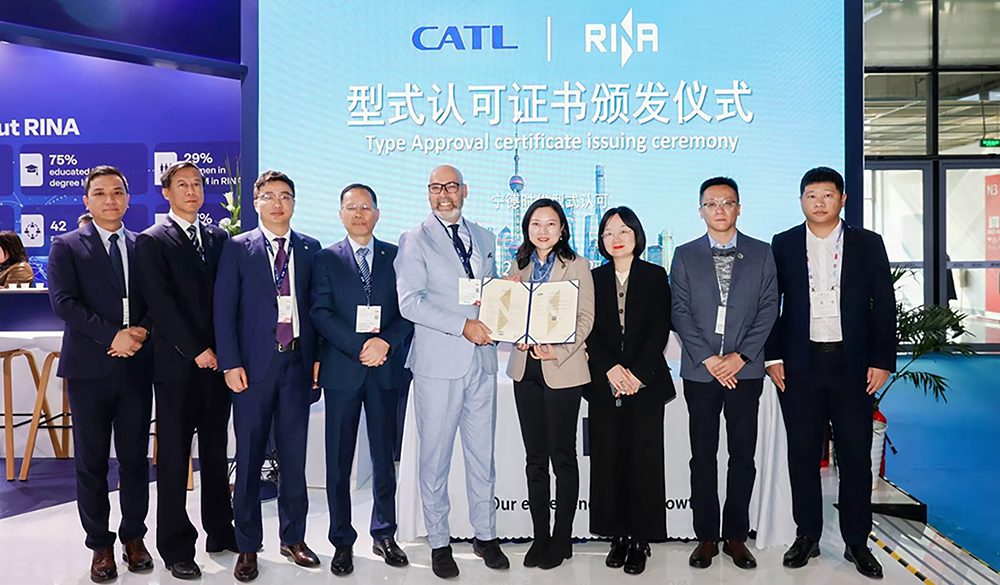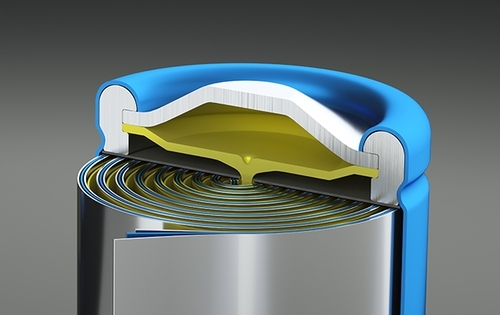The DOE is supporting six applied battery research projects, with the objective of developing cells that provide energy density of more than 200 Wh/kg, along with long cycle life and excellent abuse tolerance. All six projects are using some form of silicon-based material for the anode.
A team led by the Argonne National Laboratory is developing a new high-energy redox couple (250 Wh/kg) based on a high-capacity full gradient concentration (FCG) cathode (230 mAh/g) and a Si-Sn composite anode (900 mAh/g). The FCG cathode material consists of lithium transition-metal oxide particles with the nickel concentration decreasing from the center towards the outer layer and the concentration of manganese increasing accordingly.
TIAX is working on combining its proprietary CAM-7 cathode material with a blended silicon/carbon anode to achieve >200 Wh/kg and >400 Wh/L energy and >800 W/kg and >1600 W/L 10s pulse power targets. CAM-7 is a stabilized, high-nickel cathode material that combines high energy content with high power capability. TIAX has implemented CAM-7 in high-energy 18650 cells with graphite anodes that can deliver 2.7 Ah and 247 Wh/kg.
A 3M-led project hopes to combine a high-capacity silicon alloy anode with a high-energy NMC cathode and advanced electrolyte. The team seeks to develop the high capacity Si alloy with a stable microstructure using an innovative conductive binder. Targets include a 20% increase in mAh/g and a 10% increase in mAh/cc.
Envia is leading a project that has developed HCMR (High Capacity Manganese Rich) cathodes based on layered-layered composite structures. Envia tailors HCMR based on the application (e.g. hybrid, plug-in hybrid or EV) using particle morphology, composition and nanocoatings.
A Penn State/University of Texas at Austin team is designing a cell with a layered oxide cathode and silicon alloy-carbon anode with optimized binders and electrolyte. Performance targets include 2.5 Ah cells with 330 Wh/kg and 1600 W/L, with more than 500 cycles of life, and excellent safety characteristics. The team reports that it has already developed a silicon-carbon anode with 1500 mAh/g capacity, 95% capacity retention after 100 cycles, and coulombic efficiency of more than 99%.
Farasis Energy is leading a project to demonstrate a PHEV cell with an energy density of 250 Wh/kg and an EV light-duty cell with an energy density of 350 Wh/kg that can meet the cycle life goals for those applications. Farasis’s concept is that layered and layered-layered (LL) NCM materials paired against a silicon-based anode offer the greatest potential to meet the PHEV and EV performance goals, especially if higher-voltage operation can be enabled. Layered NCM materials offer good rate capability, high tap density, good stability at moderate voltages, and reasonable average voltage; however, the materials have stability problems at higher voltages. To address this, the Farasis team is looking to surface stabilization and doping.
Source: Green Car Congress
Image: International Information Program (IIP)/Flickr






